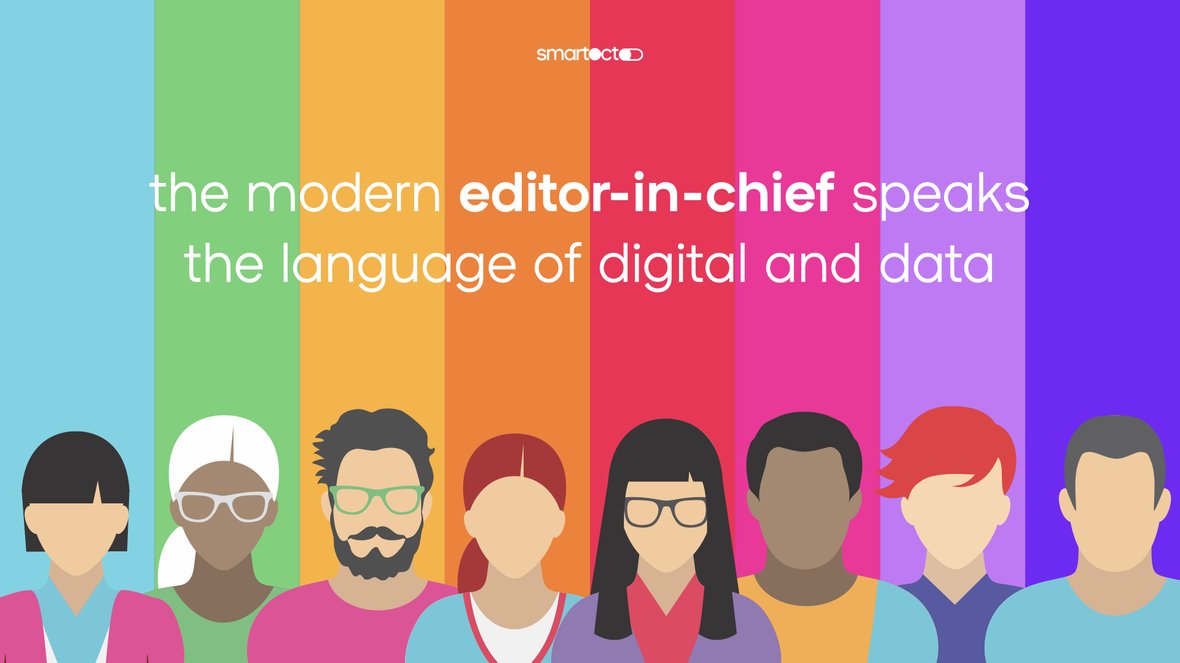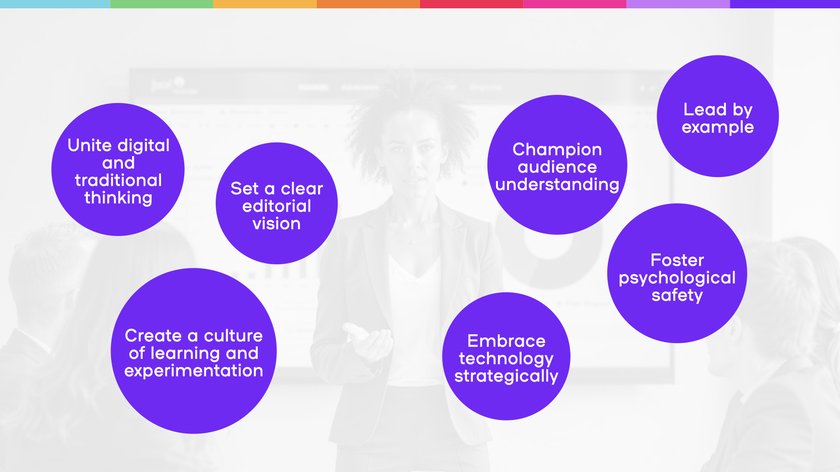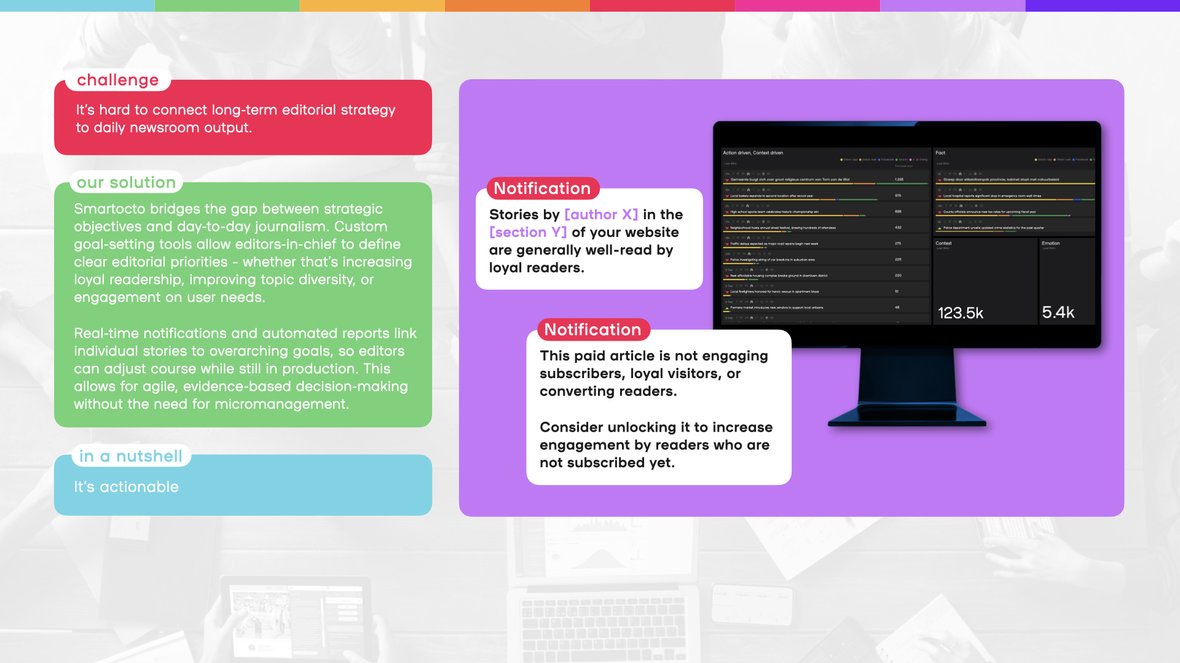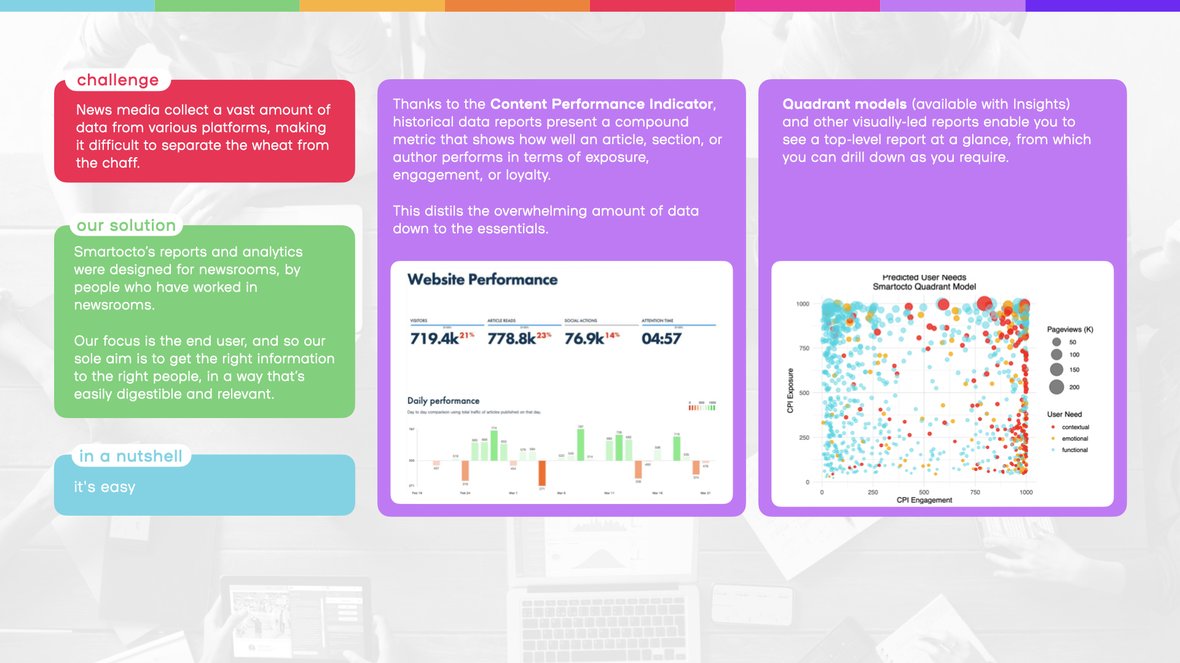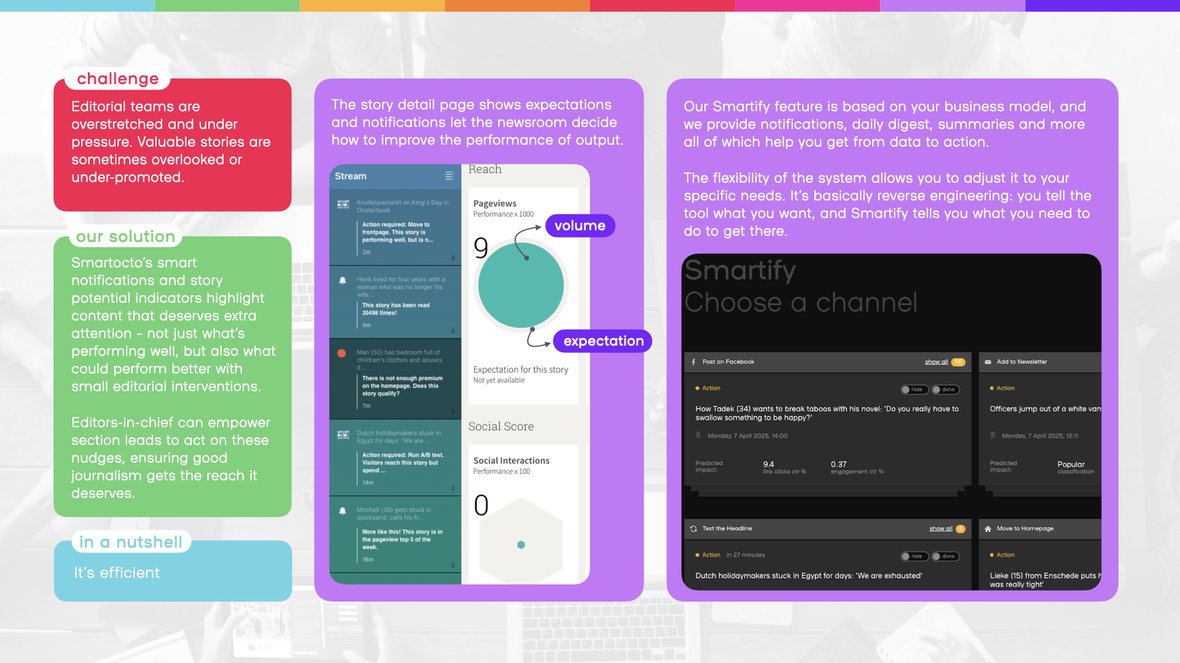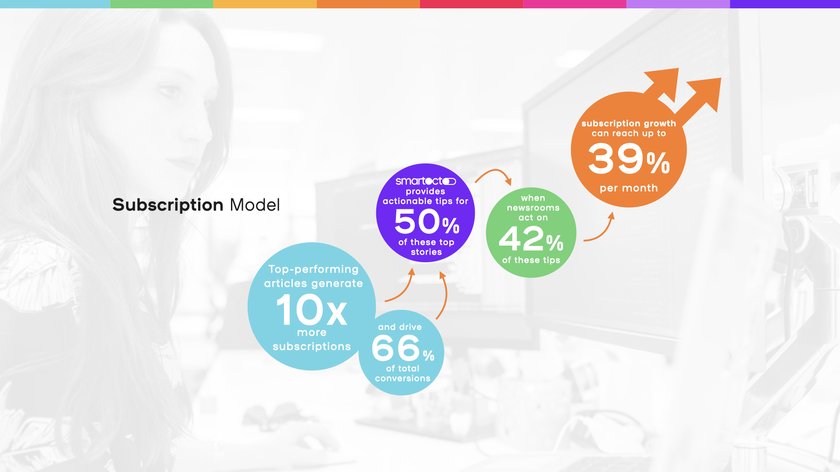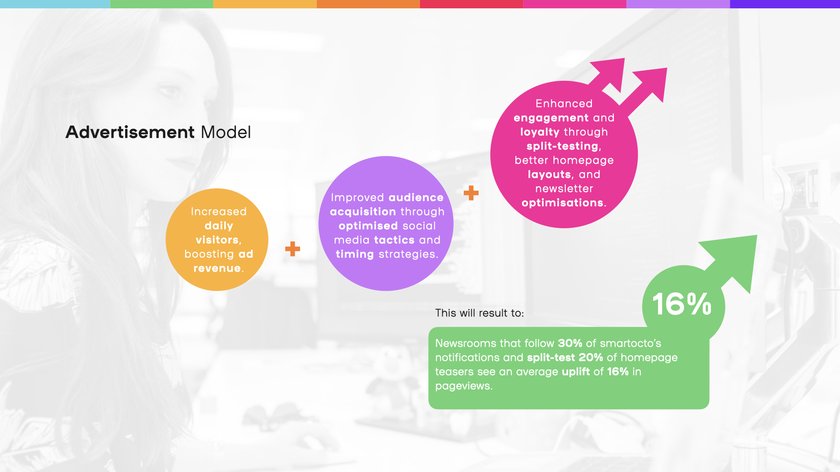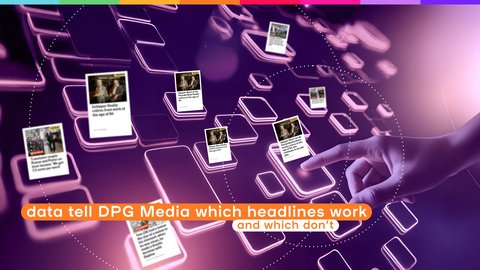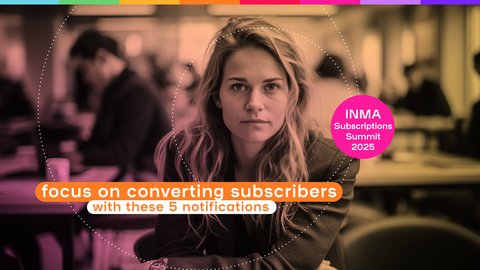A glance at current job descriptions reveals that today’s newsrooms are looking for leaders who can help their news brands thrive in the digital age.
Yes, of course, you must be a seasoned journalist with a strong track record in reporting or editorial work. But more important is a clear vision for how the publication can survive – or better still, flourish – within the ecosystem of technology, data and social media, and thus in the fierce battle for audience attention.
A strong editor-in-chief knows how to use data tools to shape a strategic vision, how to organise that vision with the right people and resources, and how to ensure the audience receives the value it deserves.
In this blog, you’ll discover:
- How the role of the editor-in-chief is becoming increasingly data-driven
- How editors-in-chief can transform newsrooms
- Which channels and tools editors-in-chief can use
- How this combination of tasks and tools can boost media revenue
We will focus on challenges, solutions and results.
How the role of the editor-in-chief is becoming increasingly data-driven
It’s been twenty years since newspapers realised the internet wasn’t just a passing fad. What followed was a long period of trial and error, as media organisations tried to align their websites with traditional channels like print, TV or radio.
One anecdote from a Dutch editor-in-chief still says it all. Around 2012, she overheard a colleague answering the phone. A reader had a comment about an article on the website. The editor’s reply was blunt: he didn’t deal with the website, only the printed paper. And he hung up.
That kind of divide has mostly vanished from today’s newsrooms. But many journalists still make a distinction between online editorial work and traditional reporting. Ask around who uses data analysis, and the online editors will raise their hands. Many others won’t. But the direction is unmistakable. To stand out online, you need to know exactly who your audience is and how to serve them. A print paper once had a few rivals. Online, there are dozens. Purely journalistic ones, plus video platforms and social media all competing for attention.
An editor-in-chief must see the whole field and understand what audiences want. And every journalist needs to know how to read data, work with AI tools and shape their craft to fit the times.
